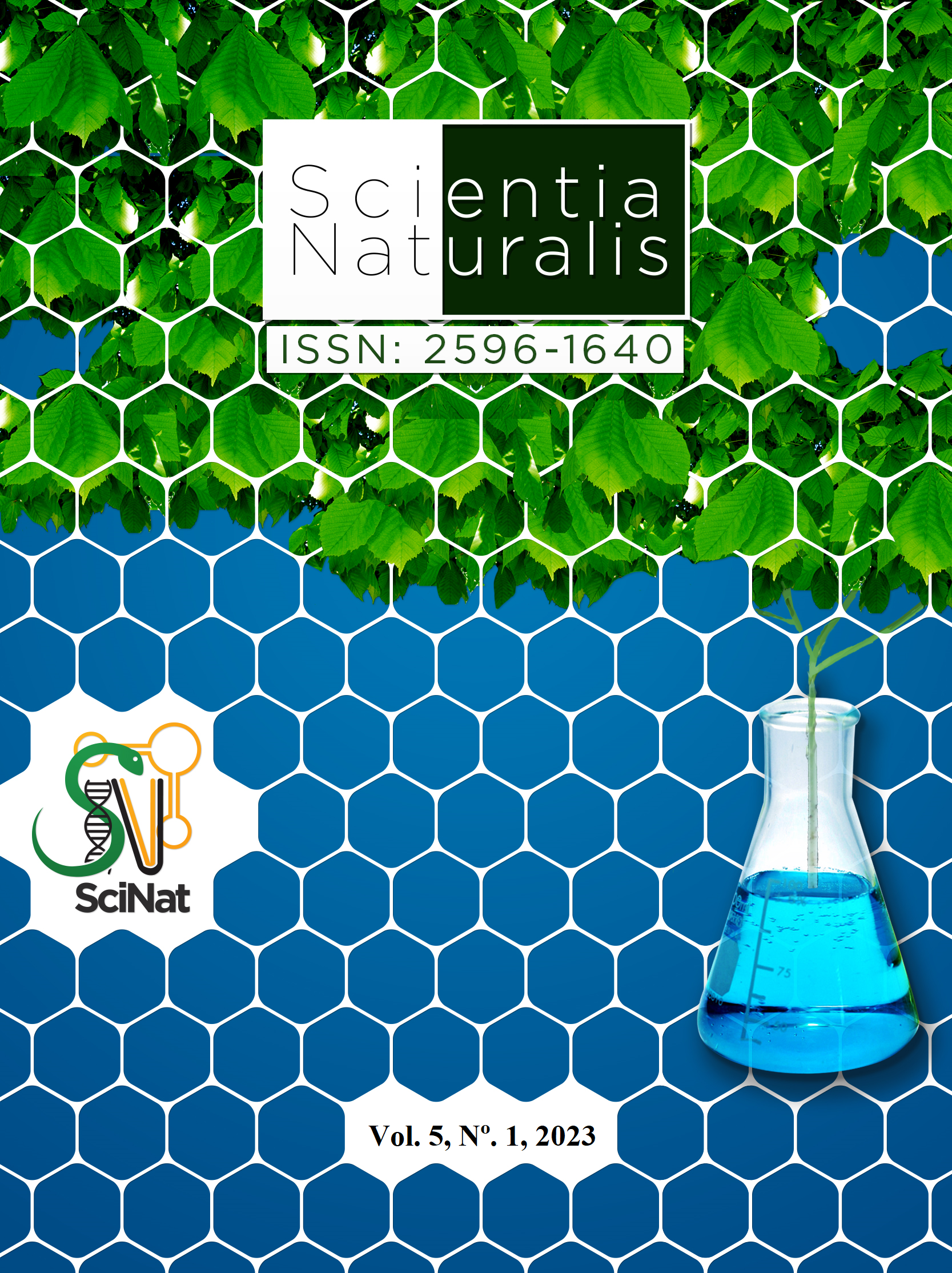Quality of Roselle seedlings propagated by cuttings in the southwestern Amazon
DOI:
https://doi.org/10.29327/269504.5.1-13Abstract
Roselle (Hibiscus sabdariffa L.) stands out among consumers and farmers, due to the bioactive characteristics of its leaves and calyxes. However, its seeds for propagation present physical dormancy due to rigid tegument. Thus, the objective of this work was to evaluate the viability of the vegetative propagation of the crop using cuttings of different diameters. The experimental design was randomized blocks, with three treatments of cutting diameters (T1 - cutting from 1 to 5 mm; T2 - cutting from 5.1 to 10 mm and T3 - cutting from 10.1 to 15 mm) and seven blocks. On the 30th day of the experiment, leaf length and width, height, stem diameter, total number of shoots, total number of leaves, total number of roots, root length, fresh and dry mass of the aerial part, fresh mass were evaluated, and dry mass of roots, total fresh and dry mass and the Dickson quality index. There was a significant effect of the treatments. The stakes with the largest diameter provided the highest averages for the evaluated variables. Thus, the thickest diameter, 10.1 and 15 mm, is the most suitable for the production of seedlings by cuttings, with the highest Dickson quality index.




